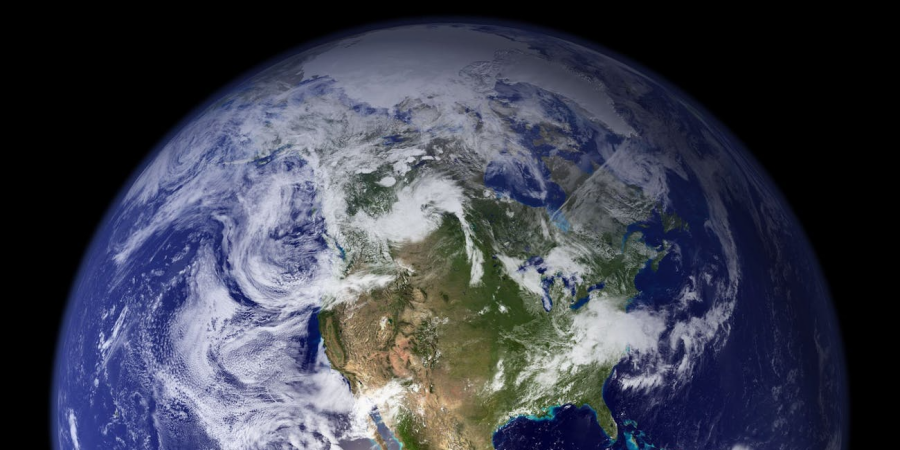

The Transiting Exoplanet Survey Satellite (TESS), a NASA planet-hunting telescope, has found a second Earth-sized planet in a neighboring star's habitable zone.
TESS, which has four cameras and can view 85% of the sky while looking for exoplanets circling stars fewer than 300 light-years away, was built to find distant planets and stars. It tracks any changes in brightness brought on by an undiscovered planet passing over its star by keeping an eye on broad regions of the sky for around 27 days at a time.
This planet is 95% the size of our planet and is most likely rocky.
Another Earth-size planet has been found by NASA's planet-hunting observatory, the Transiting Exoplanet Survey Satellite (TESS). The NASA Transiting Exoplanet Survey Satellite, or TESS mission, discovered every exoplanet. The size of Earth is shared by another planet in the system, TOI 700 d, which was found in 2020. These two exoplanets are both in the habitable zone of their star, or at a distance from the star from which liquid water might be present on their surfaces. The presence of liquid water suggests that the planets may be, or may have been in the past, suitable for life.
More TESS data are being collected while the researchers observe the interesting planetary system with ground-based and other space-based observatories.
According to Allison Youngblood, a research astronomer and the TESS deputy project scientist at Goddard, "TESS just finished its second year of northern sky studies. We eagerly anticipate the additional fascinating findings that the mission's vast data set will hold.
There should be a region known as the habitable zone around every star, where a planet would have liquid water on its surface at its current distance from its parent star if it had an atmosphere and composition equal to Earth's. There is also the extended (or optimistic) habitable zone, where given the right circumstances, some tweaking with the planet's atmospheric characteristics could still permit surface liquid water.
We need to be upfront about how ignorant we are when it comes to the hunt for inhabited exoplanets. We have no idea how frequently or in what parts of the universe life first appears. We don't know how frequently such life endures and flourishes for extended periods of time, or how frequently it perishes suddenly. We don't know how likely it is for a planet to support sophisticated or even intelligent life, and we don't know whether the chemical processes and reactions that support life on Earth are typical, uncommon, or perhaps unique to our planet.


